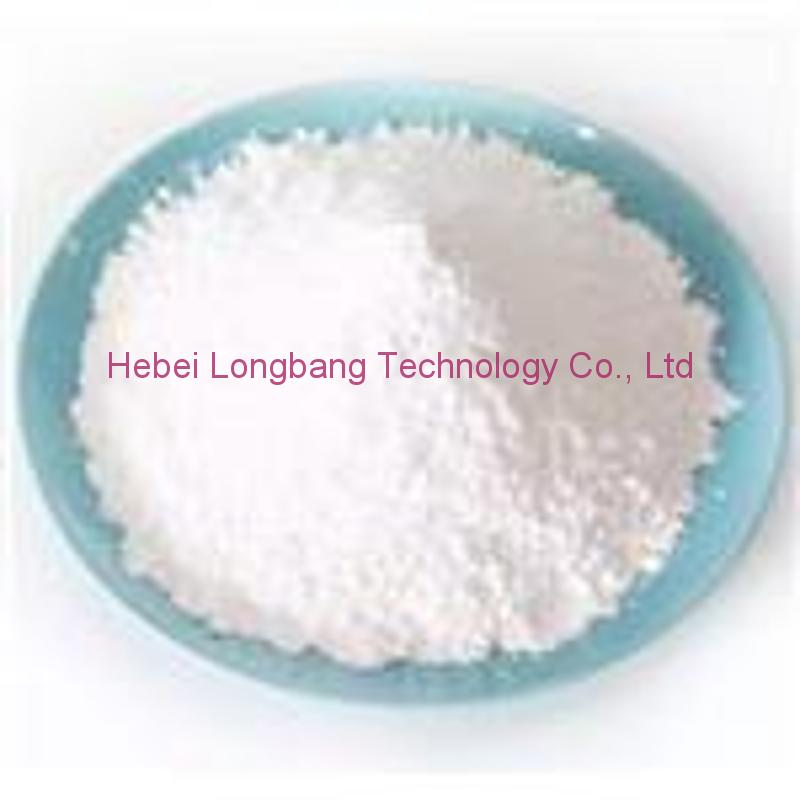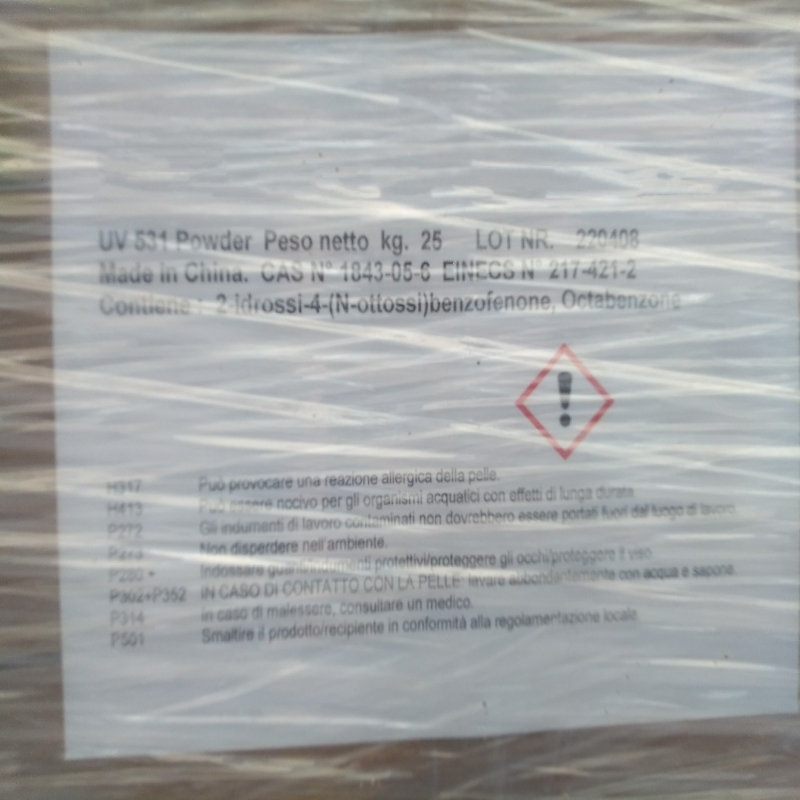-
Categories
-
Pharmaceutical Intermediates
-
Active Pharmaceutical Ingredients
-
Food Additives
- Industrial Coatings
- Agrochemicals
- Dyes and Pigments
- Surfactant
- Flavors and Fragrances
- Chemical Reagents
- Catalyst and Auxiliary
- Natural Products
- Inorganic Chemistry
-
Organic Chemistry
-
Biochemical Engineering
- Analytical Chemistry
-
Cosmetic Ingredient
- Water Treatment Chemical
-
Pharmaceutical Intermediates
Promotion
ECHEMI Mall
Wholesale
Weekly Price
Exhibition
News
-
Trade Service
Recently, zero-carbon green ammonia and low-carbon blue ammonia are becoming the key to the green transformation of the global energy and fertilizer industry, and related investments are emerging one after another
.
However, at the recent 16th Gulf Petrochemicals and Chemicals Association (GPCA) Annual Forum in Riyadh, the chief operating officers of Qatar Fertilizer, SABIC Agronutrients and Abu Dhabi Fertiglobe all said that despite the recent large number of green ammonia project announcements, based on the current economic situation, green ammonia will still lag behind blue ammonia
in terms of development and growth in the next 10 years.
Abdurrahman al-Suwaidi, CEO of Qatar Fertilizer, said there are many ongoing green ammonia projects
in the Gulf Cooperation Council (GCC) region.
But in the next 10 to 15 years, blue ammonia will remain a more affordable option
.
In September 2022, Qatar Fertilizer authorized thyssenkrupp Wood and Greece's co-contractor to sign a US$1.
06 billion engineering, procurement, construction and commissioning contract to build the Ammonia-7 plant with an ammonia capacity of 1.
2 million mt/year at the Port of Mercyid in Qatar, which is expected to come on stream
in the first quarter of 2026.
"At this plant, we can sequester around 1.
4 million tons of CO2
per year.
This is a start, and we have put in place an aggressive plan
for sustainability.
Suwaidi added
.
It is reported that the blue ammonia plant will be completely powered
by solar power plants.
Abdurrahman Shamsardin, CEO of SABIC Agronutrients, said ammonia is a future development opportunity
for the petrochemical industry in the Middle East.
At present, the global ammonia production is about 200 million tons per year
.
By 2050, world ammonia production is expected to double by about 200 million tonnes
.
Sharm Saddin said SABIC recently partnered with parent company Saudi Aramco to produce independently certified blue ammonia
.
Haroon Rahmatullah, chief operating officer of Fertiglobe Abu Dhabi, said blue ammonia made sense
from an economic point of view.
He said Fertiglobe is cautious about
green ammonia development.
At present, the regulatory uncertainty of green ammonia is very high, and there are still many problems, and it is not clear whether any customers will pay
for it.
As a supplement, the company is evaluating blue ammonia projects in Abu Dhabi and Egypt, as well as smaller, greener projects
.
Rahmatullah said Fertiglobe is very focused on low- or carbon-free roads, but projects need to make economic sense
.
Rahmatullah said Fertiglobe expects to make a final investment decision
on the previously announced 1 million mt/year blue ammonia project in Abu Dhabi in the first quarter of 2023.
In June 2021, Fertiglobe joined Ruwais Abu Dhabi
Planned construction project for the Ta'ziz Chemical Park, which is scheduled to start production
in 2025.
Rahmatullah said Fertiglobe is participating in a proposed 15,000 mt/year green hydrogen project
in Egypt.
From the perspective of blue ammonia demand, Lahmatula said that the power generation industry is a key demand industry
.
On the supply side, although many projects have been announced, there is still an open question, and the US Inflation Reduction Act could lead to "substantial exportable supply"
.
As regulatory policies become clearer, if demand growth comes before supply increases, the market will need another 3~4 years to increase blue ammonia production capacity to meet demand
.
Qatar Fertilizer has a more positive
attitude towards green ammonia.
Suwaidi acknowledges that many factors are affecting demand
for green ammonia.
Currently, green ammonia is assessed at $3,500 to $4,000 per tonne, and no one can afford it
.
But the high assessed price of green ammonia will not prevent the company from further developing technologies
that reduce the cost of green ammonia production.
"While it's impossible to scale up now, the beauty of our industry is that what is impossible now will always happen
in the future.
" Suwaidi said
.







